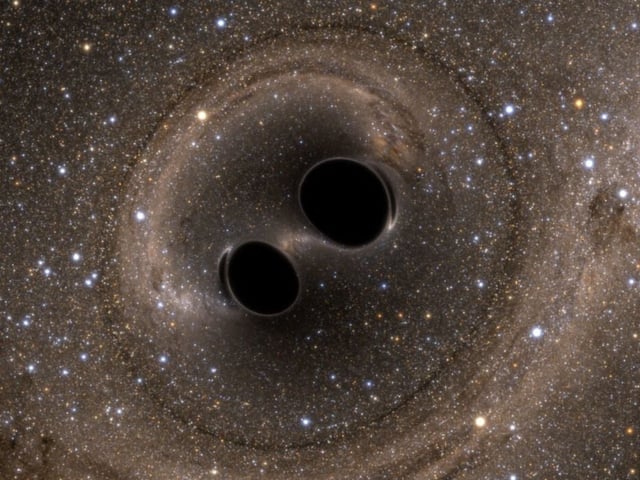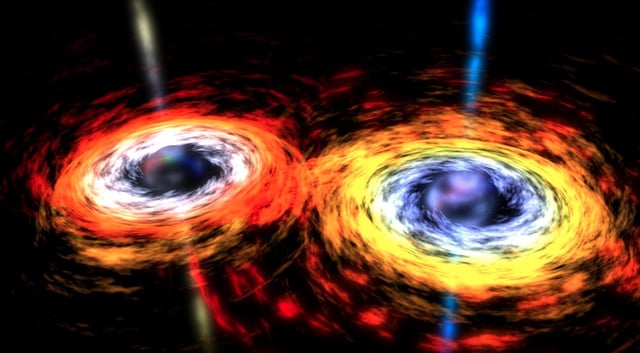Overview
- The GW231123 signal was captured during LVK’s fourth observing run on November 23, 2023, and confirmed by LIGO detectors in the U.S., Virgo in Italy and KAGRA in Japan Two black holes of 137 and 103 solar masses coalesced to form a 225-solar-mass remnant, marking the heftiest merger yet detected
- Both progenitor black holes spun at extreme rates—approximately 90% and 80% of Einstein’s theoretical spin limit—complicating waveform analysis
- Calibrated data for GW231123 have been released on the Gravitational-Wave Open Science Center for independent validation and further study
- Scientists are exploring hierarchical mergers and growth within supermassive black hole accretion disks to explain how such mass-gap objects could form


